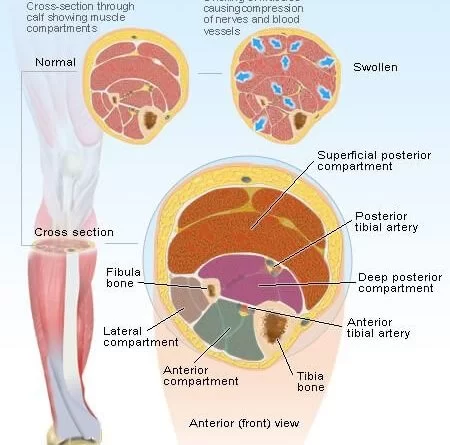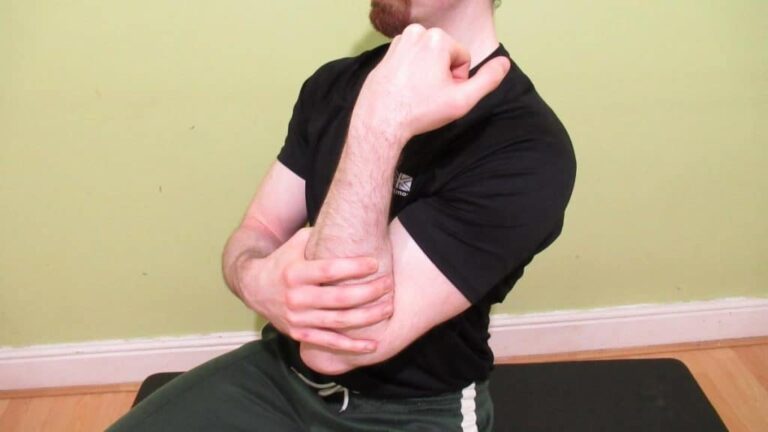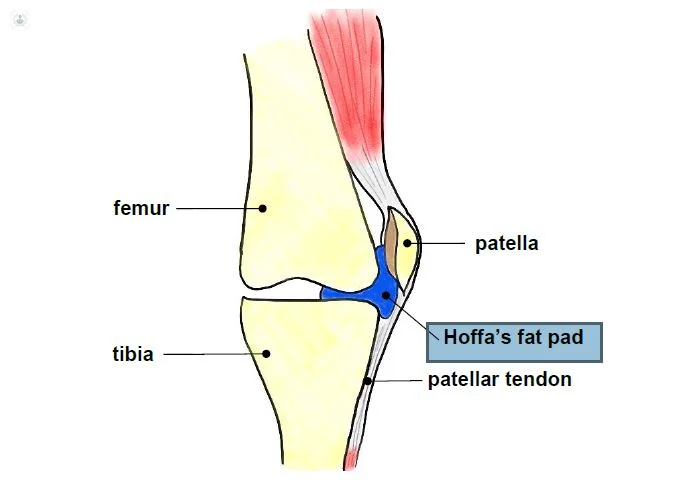How Can I Relieve Ankle Pain?
Ankle Pain is a common injury that people face after a fall, accident or sudden injury to the ankle joint. This causes ankle pain. About 50 percent of people who suffer an ankle sprain will experience chronic ankle pain, even after treatment for their injury. An ankle sprain is an injury to the ligaments that connect the bones of the foot and leg. It happens when you accidentally twist or accidentally turn your ankle — it causes the ligaments in the ankle bones to stretch and cause pain.
In patients with ankle sprains, there is a more severe injury to the peroneal tendons, rupture including tearing. Peroneal tendon injuries develop suddenly over time. It is most common in athletes because they require repetitive motion of the ankle. Ankle sprains can happen to anyone, especially athletes who wear inappropriate footwear or even walk on uneven surfaces.
Usually, ankle pain will improve with rest, ice, and over-the-counter pain relievers. Health care providers can treat injuries and arthritis. Often the conditions can be treated without surgery. However, if the injury is serious, such as a broken ankle, or if ankle pain does not improve with non-surgical treatment, surgery is required. If you’ve had an ankle surgery or injury, a physiotherapist can also help you heal. They strengthen the muscles that support your feet and ankles. Therapy may prevent future injuries and relieve pain.
Table of Contents
Causes of Ankle Pain
Ankle pain can be the result of several injuries and conditions. The most common injuries that cause ankle pain are as below:
- Bursitis: Fluid-filled sacs called bursae to cushion your bones as they move. Bursitis occurs when these bursae become inflamed and irritated.
- Fractures: An accident or injury can cause a bone to break (fracture). Ankle fractures range from mild to severe. Broken ankles might involve bones in any part of the ankle joint. A broken ankle can cause ankle pain and swelling.
- Sprains: Sprained ankles is a general cause of ankle pain. An ankle sprain occurs when your ligaments are torn or stretched. Sprained or twisted ankles occur when the ankle is forcibly twisted out of its normal position.
- Tendonitis: Irritated inflamed tendons is a soft tissue injury known as tendonitis. Tendons connect muscles to bones. Sometimes the tendon can tear (such as an Achilles tendon rupture). A torn tendon can require surgical repair.
Many disorders, diseases, and conditions might also lead to ankle pain. These includes:
- Arthritis: Stiffness and pain in the ankle joint might be a result of ankle arthritis. Arthritis occurs when cartilage (the tissue in the joints that cushions the bones) breaks down. The breakdown usually causes the bones to rub against each other. Injury and overuse can lead to arthritis and is more common in people over 65. Some types of arthritis may affect the ankles. General types include osteoarthritis and rheumatoid arthritis.
- Flat feet: A very low arch (or no arch at all) can cause pain and swelling in the ankles and feet. Sometimes children’s arches do not develop normally as they grow up, leading to this condition.
- Gout: A type of arthritis, gout is the result of a build-up of uric acid in the body. Uric acid typically leaves the body through urine. Excess of uric acid creates crystals that go in the joints and settle there. Gout in the ankle might be very painful sometimes.
- Infections: Several types of infections, including cellulitis, can cause swelling and pain in the ankle. A bone infection also known as osteomyelitis may result from a staph infection.
How to Relieve Ankle Pain?
For home treatment of ankle pain, the RICE method is mostly recommended. And it includes:
- Rest – Avoid putting stress on your ankle. If you must walk or move around, use crutches or a cane.
- Ice – Start by placing an ice pack on your ankle for at least 20 minutes at a time, with 90 minutes between icings. Do this four to five times a day for 2 days after the injury. This helps reduce swelling and numb pain.
- Compression – wrap your injured ankle with an elastic bandage like the ACE bandage. Don’t wrap it so tightly that it numbs your ankle or turns your toes blue.
- Elevation – Whenever possible, keep the ankle elevated above the level of the heart on a pile of pillows or some other type of support structure.
You can take over-the-counter (OTC) medications such as acetaminophen or ibuprofen to reduce pain and swelling. Once your pain goes away, then gently exercise your ankle by rotating it in circles. Turn in both directions and stop if it starts to hurt.
You may also use your hands to gently bend your ankle up and down gently. These exercises will restore your range of motion and will help in reducing swelling, and will speed up the recovery process.
If your ankle pain is a result of arthritis, you won’t be able to completely heal the injury. However, there are ways you can manage this. It can help:
- Take nonsteroidal anti-inflammatory drugs (NSAIDs) to reduce swelling, pain, and inflammation.
- Stretch gently to maintain a good range of motion in your joints.
- Practice healthy eating habits.
- Use topical pain relievers.
- Keep your body weight within a healthy range, which will reduce stress on your joints.
- Should stay physically active and follow any fitness program focused on moderate exercises.
Prevention of Ankle Pain
Ankle pain cannot always be prevented. But you can keep your bones, ligaments, and tendons strong by maintaining good health. To prevent ankle pain from injury, you should:
- Maintain a healthy weight: Having a healthy weight will help in reducing the excess pressure on your joints, including your ankles.
- Strengthen other muscles: By keeping other muscles strong, you will support your ankles and reduce the risk of injury.
- Stop if you feel pain: Don’t ignore the pain. If the movement or activity is uncomfortable, take a break. If the pain does not improve, see your provider. Continuing to exercise through pain can make the injury worse.
- Warm up properly: Stretch before exercising. Muscles and soft tissues (such as ligaments and tendons) are less prone to damage when they are warm.
Ankle pain is often caused by common injuries such as medical conditions such as arthritis or sprains, nerve damage, or gout. Discomfort usually comes in the form of swelling and bruising for 1 to 2 weeks.
During this time, try to rest, elevate your leg, and ice your ankle three to five times a day for the first few days. OTC medications can also provide some relief.
But if the pain persists after that, head to the doctor to go over all your options, from special ankle braces and shoes to surgery.
Treatment
If lifestyle modifications and OTC treatments just don’t relieve the pain, it may be time to look at other options.
An orthotic shoe insert or foot or ankle brace is a great non-surgical way to help align your joints and keep pain and discomfort at bay. Available in different sizes and degrees of stiffness, the insoles support different parts of the foot and redistribute body weight, providing pain relief.
An ankle brace works very similarly. These braces are available in different sizes and levels of support. Some can be worn with regular shoes, while others are a bit more all-encompassing, resembling a cast that covers both the ankle and the leg.
Although several types may be available at the drugstore or pharmacy, it is best to consult a doctor to ensure they are properly stocked.
You can use steroid injections to reduce inflammation and pain. The injections contain medicine called corticosteroids, which reduce stiffness, swelling, and pain in the affected area.
Most injections only take a few minutes and provide relief within hours, while the effects are said to last 3 to 6 months. The best part is that it is a non-invasive, non-surgical procedure that can leave you at home resting the same day.







